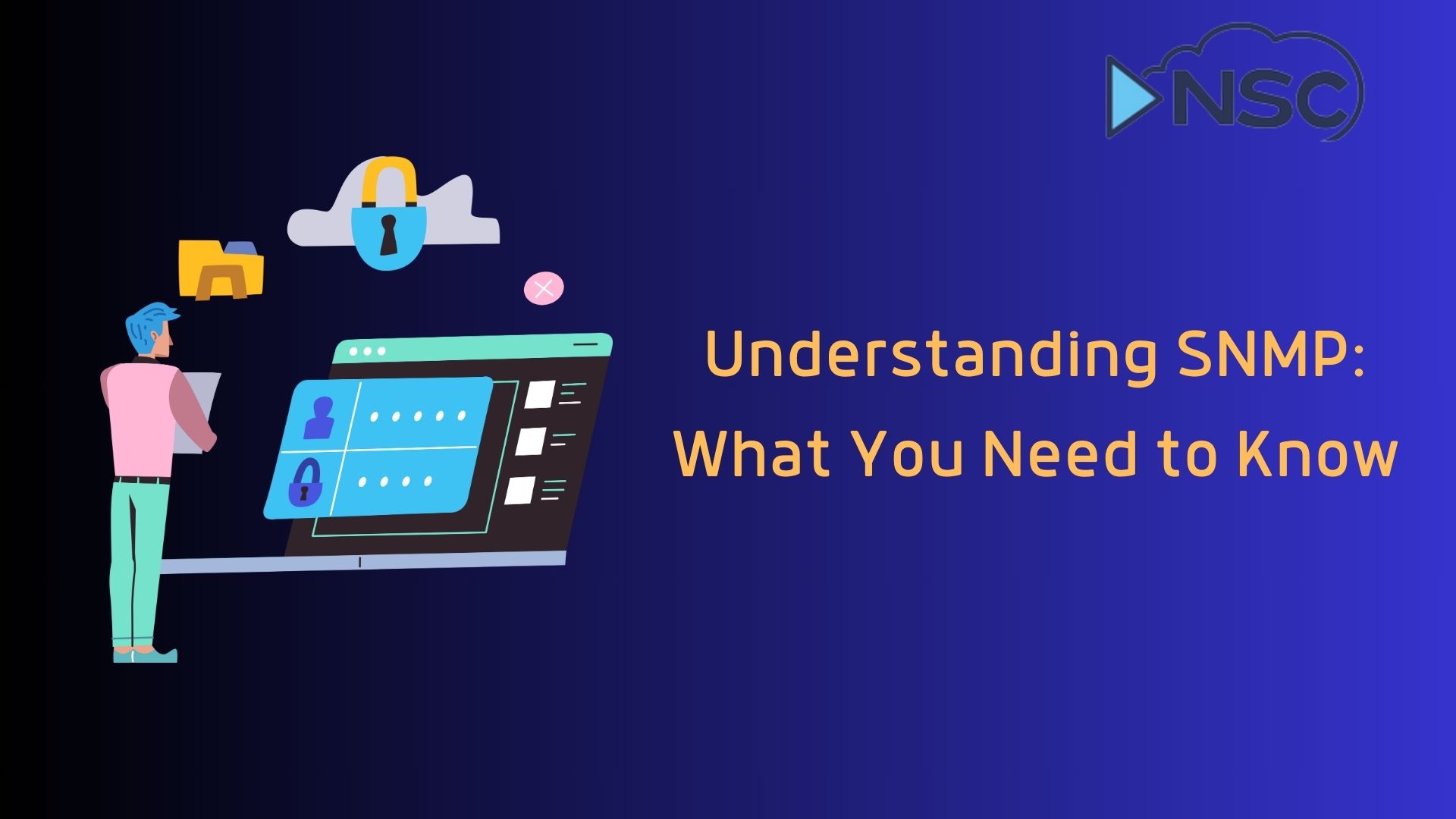Simple Network Management Protocol (SNMP) is a crucial tool for managing networks effectively. In this blog, we'll explore the basics of SNMP, including its components like Object Identifiers (OIDs) and Management Information Bases (MIBs).
Understanding how SNMP functions can help you manage and monitor network devices efficiently. We'll delve into the structure of SNMP messages, the importance of OID, and how MIBs interact with these identifiers.
Additionally, we'll cover the different versions of SNMP and their security features.
What is SNMP?
Simple Network Management Protocol (SNMP) is an essential protocol used for managing and monitoring network devices in an IP network. SNMP operates on a simple manager-agent model where the manager sends requests to agents, and agents send back information or perform actions. SNMP enables IT administrators to gather important data about each device's status and performance, making it a vital component of network management.
Understanding SNMP begins with recognizing its basic functionality:
- Get Request: Fetches values from a network device.
- Set Request: Modifies settings on a device.
- Trap: Alerts the manager to significant events or changes within the agent.
SNMP's ability to simplify network troubleshooting and monitoring by automating these processes is why it's widely implemented in various network environments.
How SNMP Works
The functionality of SNMP revolves around a centralized management system and multiple agents located on the network devices. This section outlines how these components interact to provide comprehensive network management:
- Manager-Agent Model: At the core of SNMP is the manager-agent model where the manager software sends requests to the agent software on network devices.
- SNMP Operations: Key operations include:
- Get: Retrieves data from an agent.
- Set: Changes a value on an agent.
- GetNext: Requests the next data item within a MIB.
- GetBulk: Fetches large volumes of data from an agent.
- Response: Agents reply to the manager's requests.
- Trap/Inform: Agents notify the manager of significant events automatically.
Each of these operations is crucial for maintaining real-time monitoring and management of network environments, allowing for immediate responses to network conditions.
Understanding OID (Object Identifier)
Object Identifiers (OIDs) are a critical aspect of SNMP, providing a unique way to identify each manageable attribute within a network device. Here’s how OIDs function:
- Unique Identification: Each OID represents a unique variable that can be managed via SNMP. These identifiers are hierarchically structured, allowing for systematic categorization and access.
- Hierarchical Tree Structure: OIDs are organized in a tree-like structure. At the top are standardized OIDs defined by the Internet Assigned Numbers Authority (IANA) and beneath them are branches for different organizations and device types.
OIDs are essential for precise control and monitoring of network elements, making them foundational to effective SNMP management.
For a deeper understanding and more comprehensive training in network management, consider our Network Assurance and Management course.

The Role of MIB (Management Information Base)
The Management Information Base (MIB) is an integral part of SNMP, working closely with OIDs to manage network information efficiently:
- Database of Network Objects: MIBs serve as databases where each item, described by an OID, represents different network elements and their statuses.
- Structured Information: MIBs organize data in a hierarchical form, similar to OIDs, which facilitates streamlined access and management through SNMP operations.
MIBs are pivotal in enabling detailed and organized tracking of network parameters, ensuring that administrators have clear visibility and control over their network infrastructure.
SNMP Versions and Security
SNMP has evolved through multiple versions, each enhancing functionality and security:
- SNMPv1 and SNMPv2c: Focus on basic features with community-string based security, which is not encrypted.
- SNMPv3: Introduces robust security features including authentication (AuthNoPriv) and encryption (AuthPriv), significantly enhancing data integrity and privacy.
The adoption of SNMPv3 in particular is highly recommended for environments requiring secure network management practices due to its comprehensive security measures.
Practical Examples of SNMP Configuration
Configuring SNMP is vital for effective network management. Here are some general steps commonly used across different devices:
- Enable SNMP: Access the device's management interface and enable SNMP functionality.
- Set Community Strings: For SNMPv1 and SNMPv2c, configure the community strings which act as simple passwords.
- Specify SNMP Version: Choose between SNMPv1, SNMPv2c, or SNMPv3 based on security requirements.
- Configure Trap Settings: Set up the IP address and port for the trap receiver to ensure alerts and notifications are sent to the correct network management system.
- Security Configuration for SNMPv3: Establish authentication and encryption settings by selecting security levels and protocols.
These steps are fundamental in setting up SNMP to monitor and manage network performance effectively.
Summary
In this comprehensive guide, we've explored the fundamentals of Simple Network Management Protocol (SNMP), including its operational mechanisms, the importance of Object Identifiers (OIDs), and Management Information Bases (MIBs).
We've also covered the security enhancements in SNMPv3, which offers authentication and encryption to secure network management data.
Practical steps for configuring SNMP across various devices were detailed to aid in effective network management implementation.
For those seeking to deepen their expertise in network management, our Network Assurance and Management course provides thorough training and insights into advanced SNMP functionalities and best practices.


